Best Underrated Plants: Forgotten Plants That Deserve A Second Look
We all love a showstopper, but there are plenty of unsung garden heroes that can elevate the vitality of your plot. We round up eight underrated plants you need to grow this year

There's nothing wrong with wanting gorgeous ornamentals, but what about those underrated plants that keep the garden ticking over? We can all appreciate attention-grabbing landscape plants, be they fancy fads or exotics. But it's important to save some space for those modest garden stalwarts that support your plot in perhaps less visually dynamic ways.
These underused plants may be outside the current mode, old fashioned, or simply considered less beautiful. But these hidden gems all have attributes that can help keep your forever garden ticking over. They not only enhance the garden but also save maintenance time, encourage pollinators, and increase the biodiversity of the landscape. Here are the eight most underrated plants deserving of some love – we promise they will love you back!
Choosing Underrated Plants For Every Season
Keeping your landscape color show going throughout all four seasons takes planning. Some underrated plants can help continue the display into the cold season. Quite often, natives are underused plants, because they may appear to be commonplace and therefore not spectacular standouts.
Some underrated plants can be hardier and require less maintenance than specialty cultivars and hybrids found in nurseries. We round up the most versatile perennials, annuals, shrubs, ground cover options and bulbs.
Underrated Perennials
Perennial plants give you the most value for your dollar when compared to annuals. Annuals will only perform for one season unless they are self-seeding, while perennial garden plants will come back year after year. Plants like helenium provide showy blooms at the end of summer and well into fall. They come in many autumnal hues like orange, yellow, burgundy, and red.
Many perennials will increase in size over the years and may be divided to make more plants. Some, like hostas, astilbe and hellebore will also thrive in low-light situations. These underused plants are all quite hardy and will survive at least a moderate freeze, making them perfect for many zones.
1. Hosta
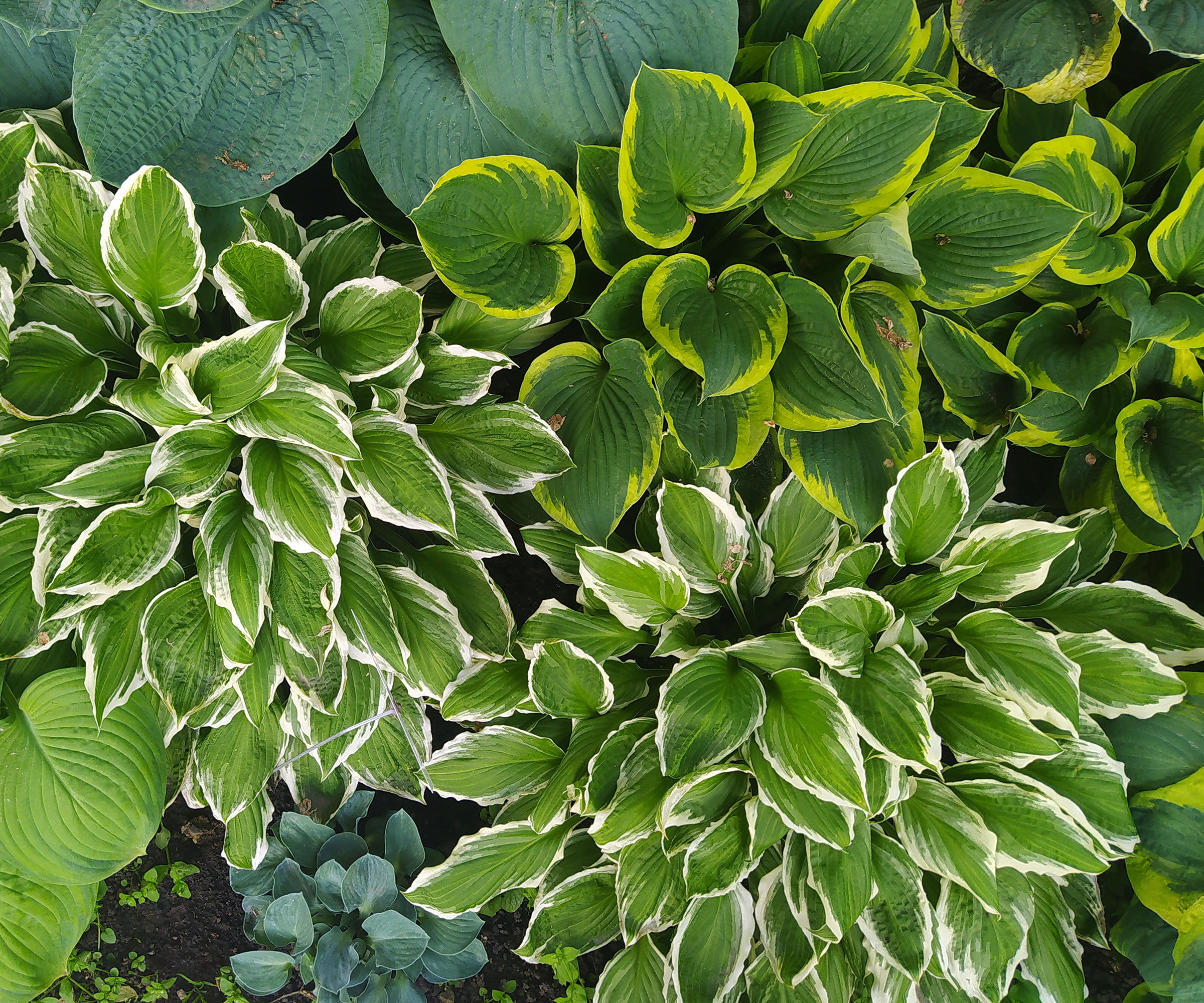
Generously blessed hosta plants allow you to fill quiet corners and shady areas with impressive displays of foliage in a range of tones and patterns. Doubling up as excellent ground cover, these herbaceous perennials can also work well in partial sunlight, depending on the cultivar you select.
Sign up for the Gardening Know How newsletter today and receive a free copy of our e-book "How to Grow Delicious Tomatoes".
2. Astilbe

Growing astilbe (also known as false goat's beard or false spirea) can help you work magic in mixed borders. Their impressive spikes of frothy pink blooms brighten up shady corners and dappled spots in summer.
Other great perennials: Stonecrops, daylily, Russian sage, tickseed, bee balm, hyssop, geum, salvia, chrysanthemum, dianthus, phlox, yarrow.
Underrated Annuals
Even though annuals have only one year of life in them, you will find that including these in the garden increases diversity and options. They may seem a little underwhelming, since they are featured so prominently in business color displays, town hanging baskets, and other common sites. But they come in many cultivars, providing a huge batch of options in color, size, and form.
3. Nicotiana
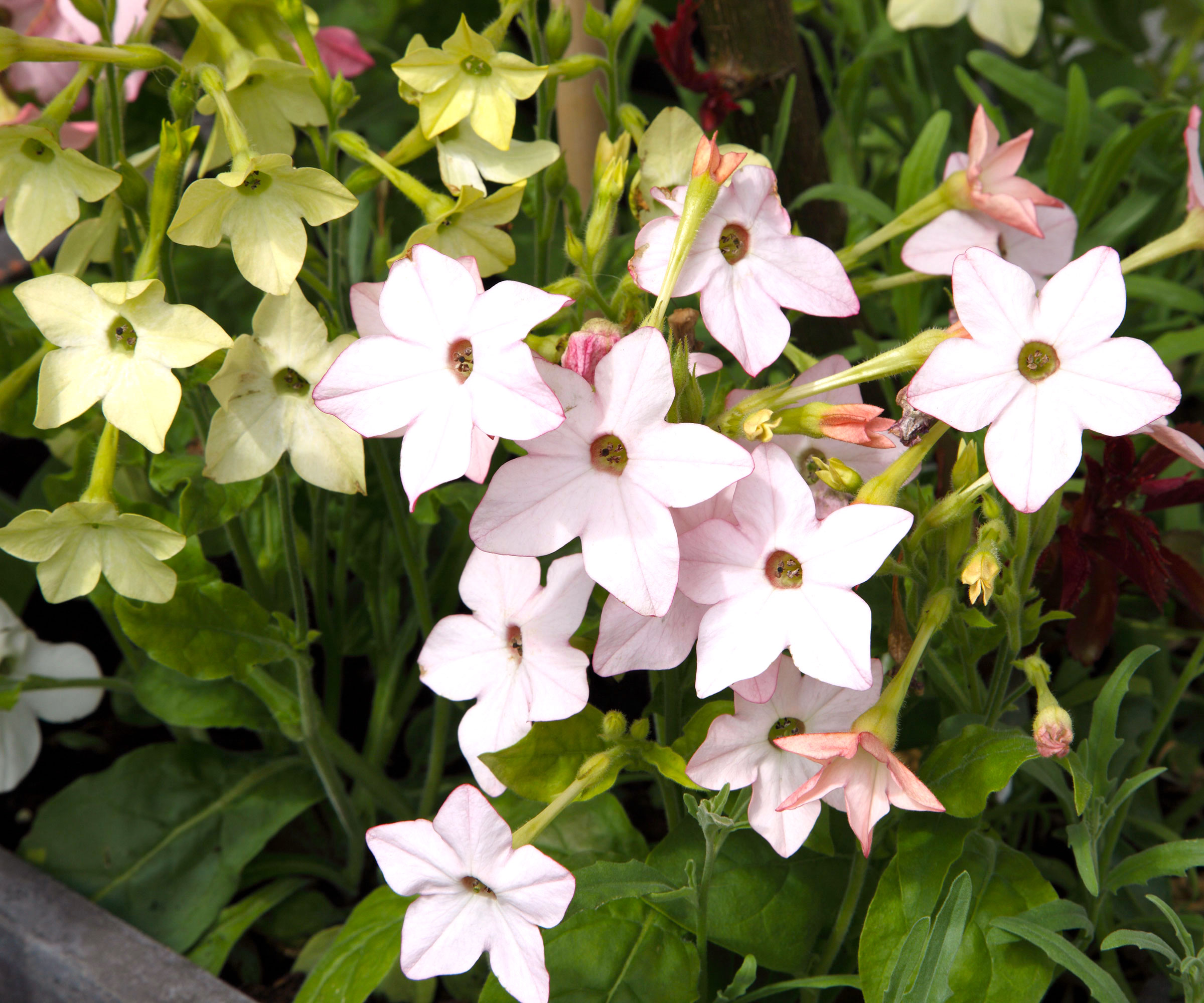
Nicotiana alata and N. sylvestris may seem like unassuming plants, but they are an easy way to cover off low-maintenance gaps in borders. Many varieties of nicotiana – or tobacco plants, as they are often called – double up as gorgeous scented options.
4. Cosmos
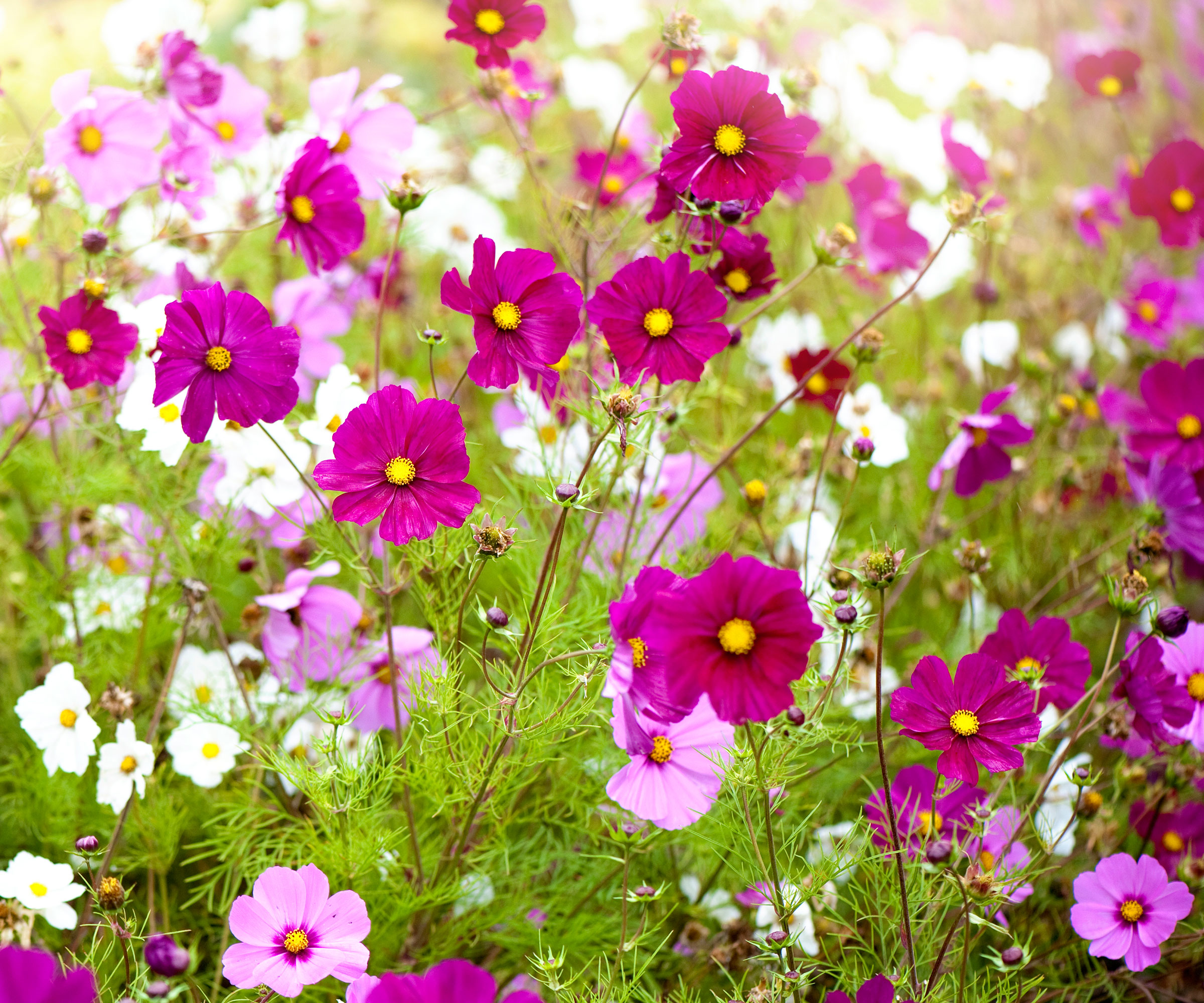
Sun-loving cosmos make easy-going annuals (or perennials, depending on the cultivar you select). With their vivid, daisy-style petals, cosmos have an impressively long flowering season that can cheer up beds and borders from summer to fall.
Other great annuals: Zinnia, petunia, pansy, cornflower, impatien, snapdragon, alyssum.
Underrated Ground Cover
Ground cover plants are botanical work horses in the garden. They help control weeds and erosion, keep soil moist, provide coverage in hard to grow sites, spread over time, and create a nice backdrop for other plants.
There are flowering ground cover varieties, stepables like thyme, and evergreen species. Utilizing native groundcovers will ensure the plant’s survival, due to its adaptability to the local terrain, weather, and soil type. Every gardener’s selection will depend upon their zone.
5. Dwarf Cinquefoil
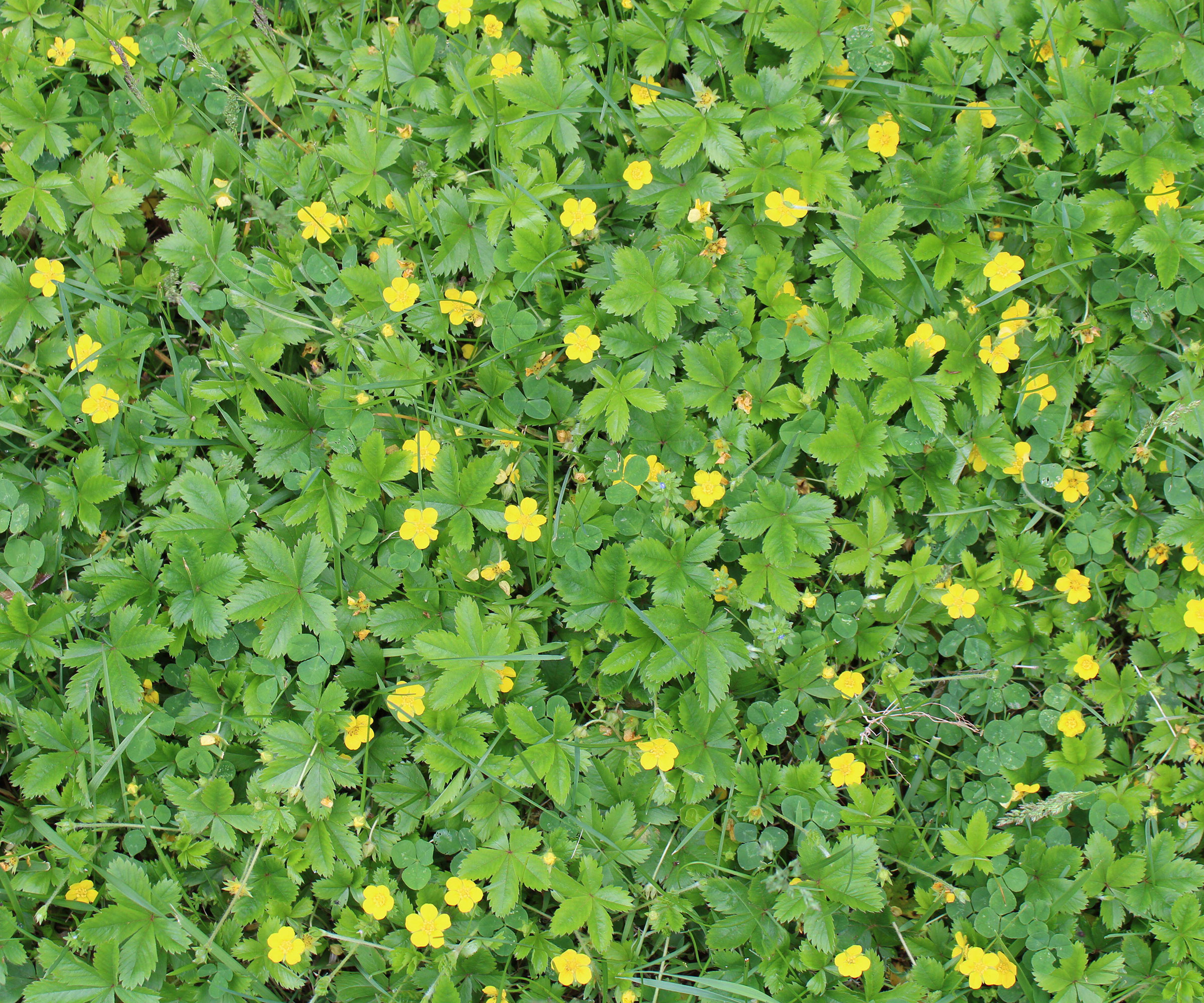
Dwarf cinquefoil (Potentilla canadensis) is a North American native. Its cheerful yellow blooms are small, but it is capable of forming a thick carpet. As well as making a terrific potentilla ground cover, this underrated plant works well as an edging plant for pathways and patios.
6. Creeping Phlox

Creeping phlox is a glorious choice for creating ground cover in vibrant floral pinks and purples. Blooming in spring, these hard-working, low-growing plants work well in a variety of hardiness zones. Plant creeping phlox in full sun to make the most of their vivid flowering carpets.
Other great ground cover: Moss phlox, Virginia creeper, gopher apple, patridgeberry, wild ginger, wild strawberry, dwarf cinquefoil, foamflower, blue violet, frogfruit, juniper, creeping phlox, bunchberry, pachysandra, green and gold.
Underrated Shrubs
Shrubs are often used as foundation plants, hedges, or as single specimens. Native shrubs feature ease of care, habitat and food for wild animals and birds, and hardiness to the zone. Many will produce flowers, while others are evergreen such as juniper. If you want flowers, try mountain laurel. Sweetspire, New Jersey tea, weigelia, or rose of Sharon.
Northern bayberry doesn’t have notable flowers but it does have a heavenly scent and berries for the birds. Dwarf willow and dogwood shrubs provide winter color after the leaves drop with brightly hued stems.
7. Carolina Allspice
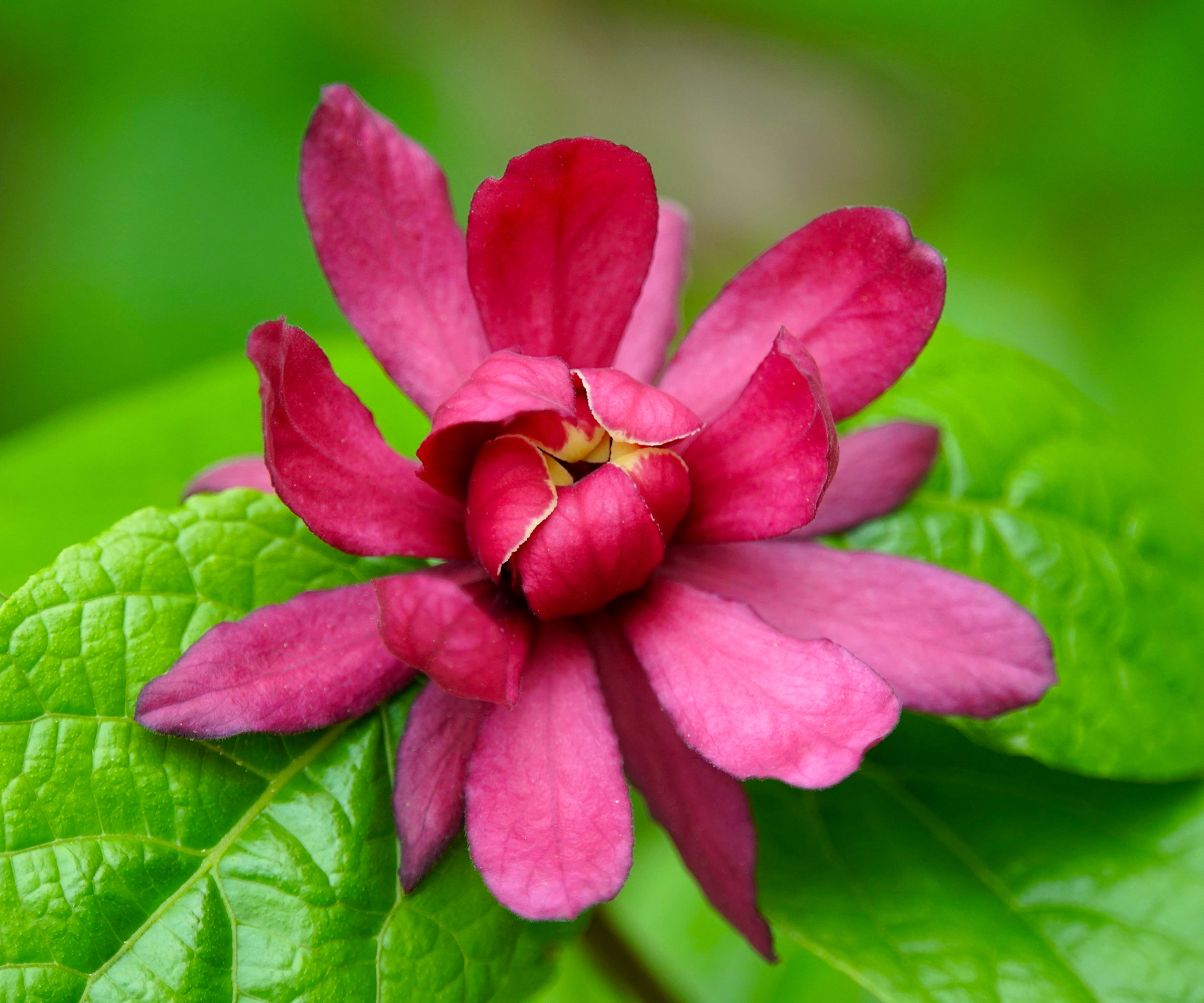
Carolina Allspice (Calycanthus floridus) boasts fragrant yellow or maroon blooms followed by pungently scented seeds. Also known as the spice bush, Carolina allspice shrubs are said to have a fruity smell evocative of ripe bananas and strawberries.
8. Burning Bush

Burning Bush (Euonymus alata) is unmatched for its vibrant hot pink fall leaves. Native to China and Japan, the winged spindle or winged euonymus (as it is also known) develops exquisite magenta tones in the fall. Colors of the burning bush range from pink to red, depending on whether they are planted in shade or full sun.
Other great shrubs: Indian pink, arrowwood viburnum, sweet pepperbush, winterberry, common ninebark, fothergilla.
Underrated Bulbs
Finally, don't forget some flowering bulbs to cheer up the garden. You could plant crocus to peek through the snow in spring, or grow fragile looking fritillary amongst the trees. Glory-of-the-snow is another excellent early-blooming bulb, with its soft blue, starry flowers. Or how about tiny little snowdrops, dangling from their stems often as early as February?
Alliums, relatives of onions and garlic, come in a range of sizes and colors. Lilies are a diverse group of flowers, as are iris, tulips, hyacinths and daffodils. Plant in groupings to allow bulb flowers to stand out and perk up the landscape at almost any time of the year.
- Janey GouldingContent Editor
- Amy DraissDigital Community Manager
